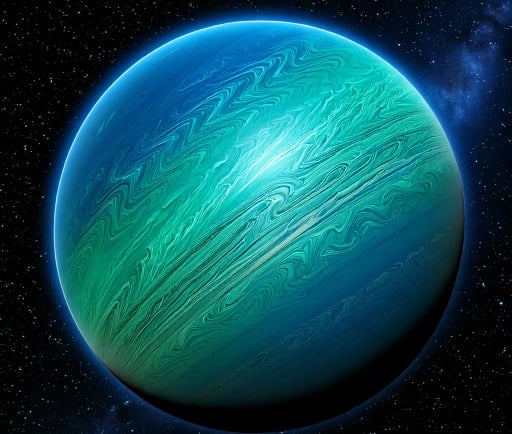HD 219666 b: The Neptune Semblance


Introduction to HD 219666 b
The cosmos continues to surprise us with its vast array of celestial bodies, and among them, HD 219666 b stands out. Discovered by the Transiting Exoplanet Survey Satellite (TESS) within the Tuscana constellation, this intriguing exoplanet orbits a distance of 94.4 parsecs from Earth. The discovery of HD 219666 b was facilitated through the transit method, a popular technique in exoplanet research.
Characteristics of HD 219666 b
One of the most striking features of HD 219666 b is its mass. Weighing in at an astonishing 16.6 Earth masses, this exoplanet indicates a significant gravitational influence, which could impact its atmosphere and potential weather patterns. Such characteristics are vital for scientists who seek to understand the formation and evolution of exoplanets within similar systems.
Furthermore, the orbital period of HD 219666 b is fascinating in its own right. With a period of 6.0361 days, it provides an intriguing glimpse into the dynamics of its orbit. Observations have indicated that this rapid orbit allows for multiple transits each Earth year, creating opportunities for further study and insight into its characteristics.
Upcoming Transit Event and Importance of Observation
The next transit of HD 219666 b is scheduled for April 26, 2025, at 3:03 AM. This event is crucial as it will provide astronomers and researchers another chance to gather valuable data regarding its atmospheric composition and potential habitability. By observing the transit, we can discern the planet's size, and mass, and even identify elements present in its atmosphere through spectroscopic analysis.
Such discoveries not only enhance our understanding of HD 219666 b but also contribute to the broader knowledge of exoplanets in the universe. The study of exoplanets like HD 219666 b helps scientists to develop models that explore planetary systems, the formation of celestial bodies, and potential settings for life beyond Earth.
In conclusion, the discovery of HD 219666 b by TESS marks a significant addition to the catalog of exoplanets. As we look forward to its next transit in 2025, the astronomical community is eager to uncover more insights into this distant world. The continuous exploration of exoplanets highlights the importance of advancements in technology and research methods in unraveling the mysteries of our universe.
